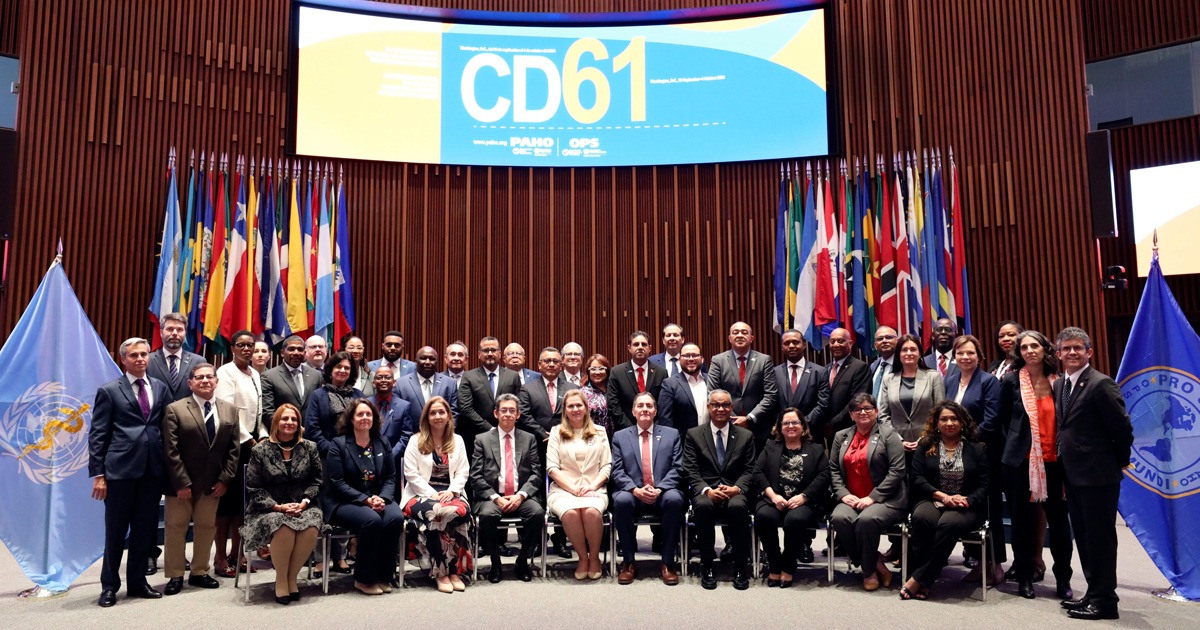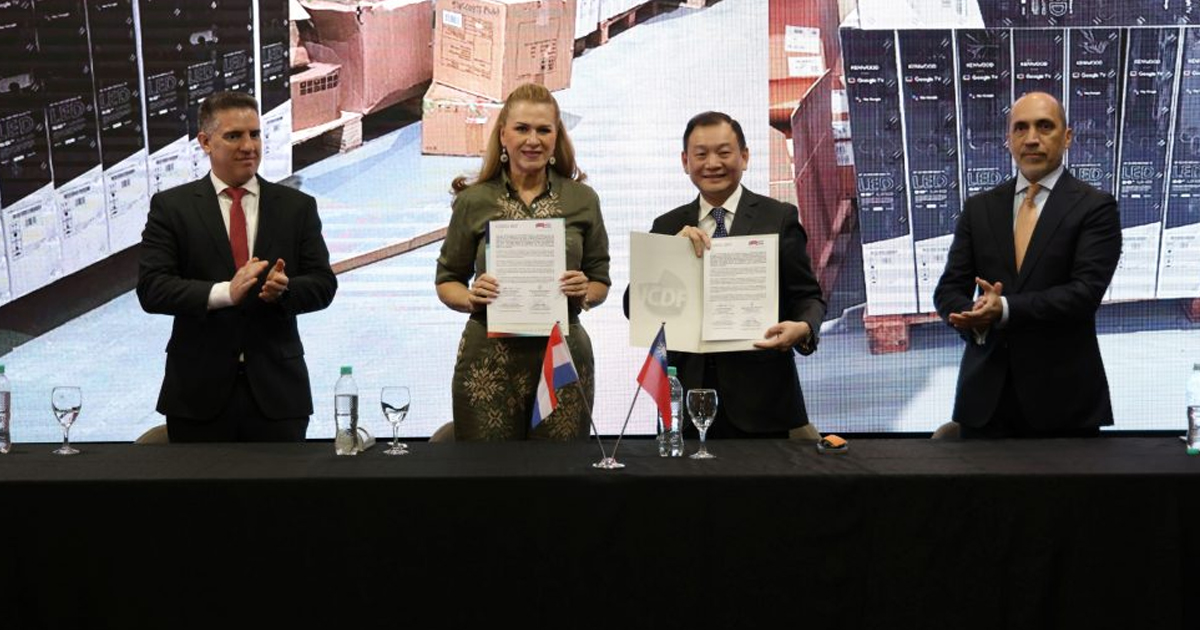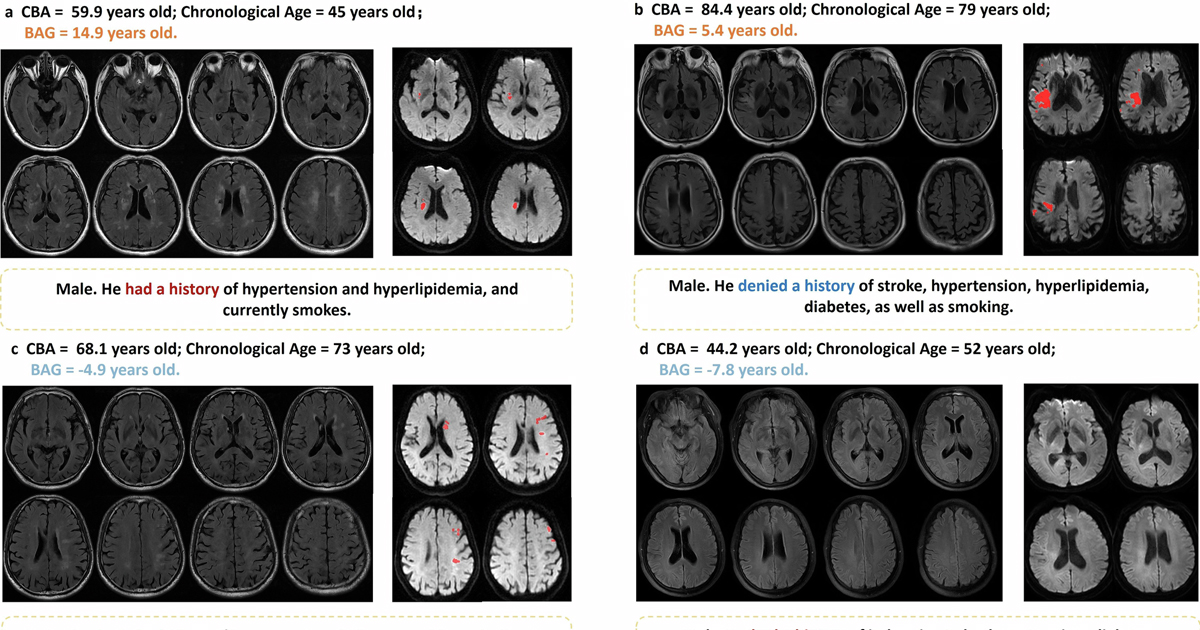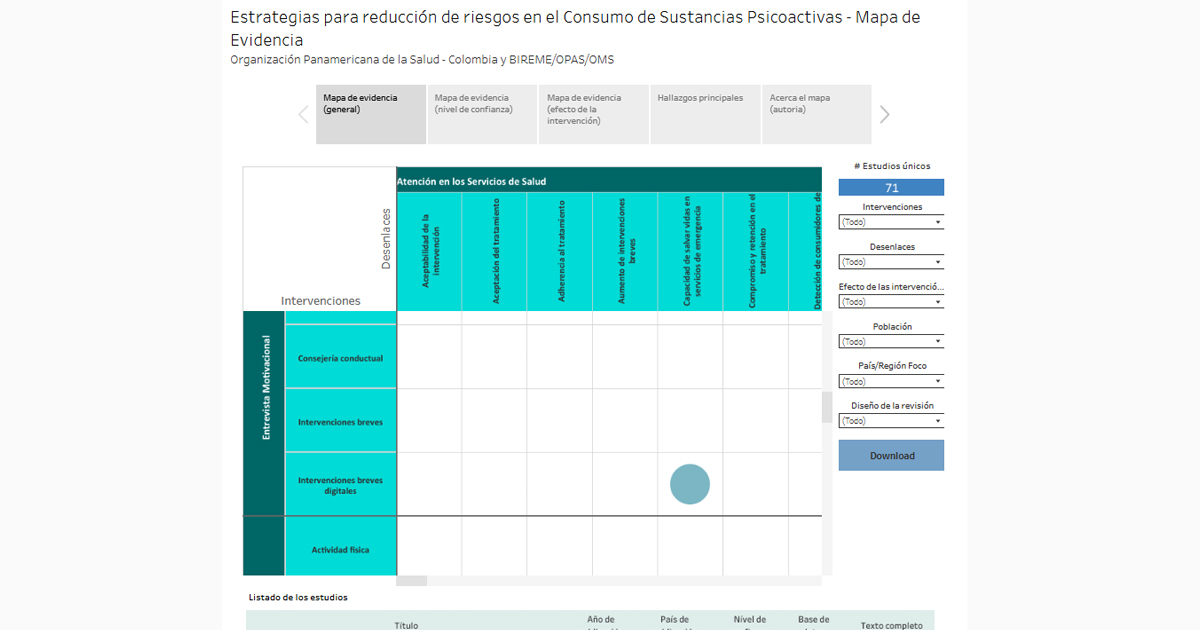El uso del Internet de las Cosas (IoT por su abreviación en inglés) en la prestación de servicios de salud ha aumentado considerablemente. Sus beneficios más tangibles están en el diagnóstico, control de enfermedades, y en la gestión rápida de información.
En los últimos años han surgido diversas iniciativas para incorporar el Internet de las Cosas en la prestación de servicios de salud. Hasta ahora, la mayoría giraban en torno a la mejora de la atención como tal, con la monitorización de algunos marcadores y el seguimiento de casos complicados desde el hogar. Sin embargo, estos despliegues y casos de uso han sido sólo el inicio.
Comienzan a utilizarse enfoques más avanzados e integrados en el ámbito de la transformación digital de los sistemas de salud con respecto a los aspectos de los datos de salud donde el IoT desempeña un papel cada vez más importante. Con la ayuda de los objetos conectados en un ecosistema de salud, el trabajo del personal de salud puede ser mucho más inmediato y preciso, además de facilitar la gestión de los centros hospitalarios, o bien incluso de las unidades de salud que brindan atención primaria, y mejorar con ello el bienestar del paciente.
El espectro médico en el que el IoT puede entrar es vasto; es un ecosistema tan grande que comienza a incluir las nuevas tecnologías para el automonitoreo, la industria farmacéutica, el seguro de atención médica, construcción de edificios o instalaciones que posteriormente brindarán atención médica, robótica, biosensores, camas inteligentes, píldoras inteligentes y telemedicine, entre otros.
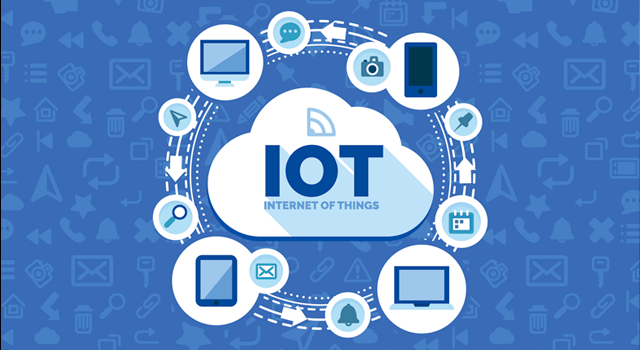
Es un hecho que al incluir esta modalidad de tecnología se pueden alcanzar acciones que aminoren las posibles desatenciones latentes en las unidades de salud. Por ejemplo, existen camas inteligentes capaces de auto monitorearse y avisar en cuanto se desocupen, alternando también, regular la presión y la posición del paciente para ahorrar tiempo y que el personal de salud tenga la disponibilidad de centrarse en todos los usuarios de igual manera.
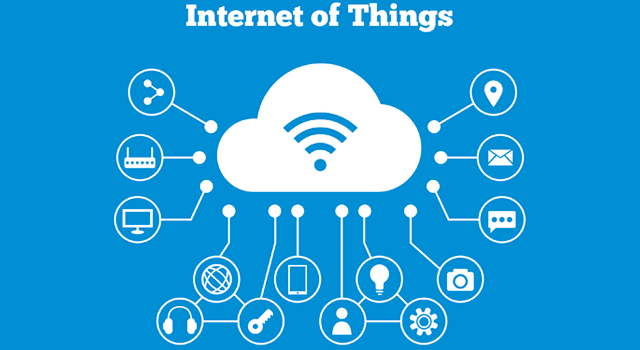
Por supuesto, la entrada del IoT al sector salud no llega sin retos. La información del estado de salud de los pacientes es delicada, y se requiere que los sensores sean precisos, y los algoritmos que los interpreten bien calibrados. Al mismo tiempo, se debe asegurar a los pacientes que su información privada no resultará compartida o publicada por ningún motivo sin su consentimiento.
Otro reto importante al que se enfrenta el uso el IoT en la medicina es la brecha económica que ocurre en América Latina. Para explotar el potencial de las nuevas tecnologías en su totalidad, el uso de smartphones and wearables es esencial, pero el acceso a estos dispositivos no es universal. Como respuesta a esta problemática los gobiernos de países como Argentina, Perú, Chile y Brasil han iniciado acuerdos con la iniciativa privada para lograr la democratización del uso de dispositivos móviles mediante tarifas subvencionadas y costos reducidos.
A través de estos esfuerzos se busca iniciar un proyecto a largo plazo que conecte a los servicios médicos de América Latina con sus pacientes de una manera útil, permanente y que utilice la Digital Health con todos sus desarrollos para asegurar un mejor futuro médico para la población.
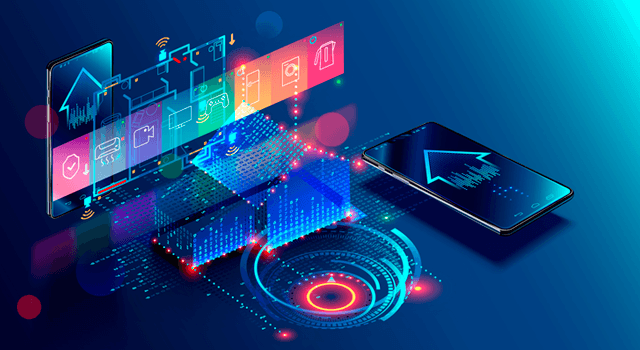
Conoce un poco más de la investigación sobre los beneficios del Internet de las cosas en la salud en la siguiente liga:
https://www.i-scoop.eu/internet-of-things-guide/internet-things-healthcare/


